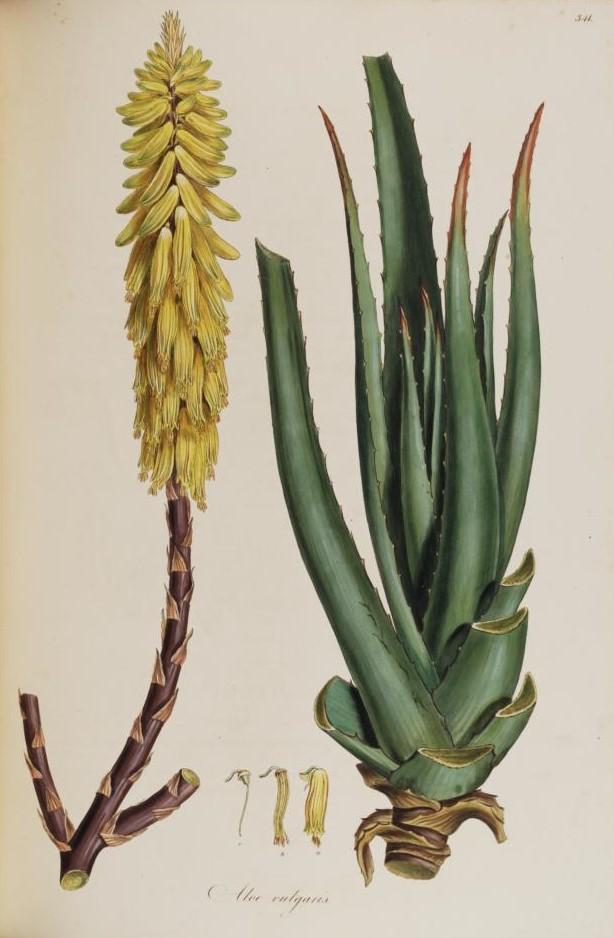Aloe vera (L.) Burm.f.
XanthorrhoeaceaeUsado desde la antigüedad por su valor cosmético y farmacológico, el áloe parece que fue comercializado e importado desde Oriente a Occidente por los árabes en torno al siglo IX. Se aclimató bien en al-Andalus, especialmente en Granada, dada su abundancia. Se cree que el propio nombre aloe es de origen árabe. En al-Andalus cada ciudad de cierta relevancia tenía una mezquita aljama o mezquita mayor, además de otras muchas menores en los barrios. Fueron famosas la formidable mezquita de los omeyas en Córdoba y la enorme de los almohades en Sevilla, hoy ambas catedrales católicas. En el interior de dichas mezquitas era frecuente quemar resinas aromáticas como el incienso o diferentes tipos de áloes para perfumar el recinto y dignificar el rezo en el Ramadán. Costumbre islámica, la de aromatizar los espacios de oración durante festividades especiales, que pervive en los templos cristianos actuales de Andalucía. Entre los andalusíes era a su vez muy común el uso de perfumes, cosméticos y cremas para tonificar el cuerpo, curiosa atención a la higiene y a los placeres sensoriales nada frecuente en el contexto de la Edad Media europea. Excepcional fue también la costumbre del rey Pedro I, constructor de uno de los palacios del Alcázar, de bañarse y usar aceites aromáticos a la manera de los musulmanes. En algunas de las inscripciones en lengua árabe que recorren paredes y puertas de su Alcázar sevillano, Pedro es reconocido no solo como rey sino también como “sultán”. Es un buen ejemplo de reconocimiento y puesta en valor de los logros de las culturas precedentes.
Procedencia
Oriental/AsiáticoCalendario
Hábitat
Morfología
 Planta
Planta
 Extendida
Extendida
 Simple
Simple
 Lanceolada
Lanceolada
 Otras disposiciones
Otras disposiciones
 Pectinado
Pectinado
 Obtusa
Obtusa
 Aristado
Aristado
 Perenne
Perenne
